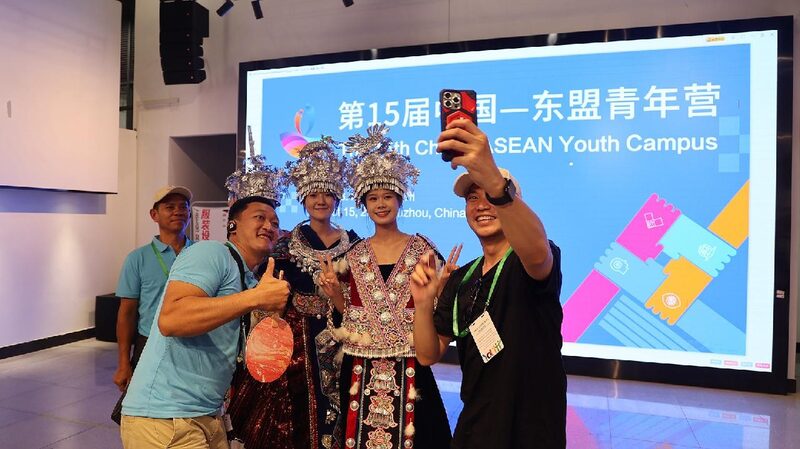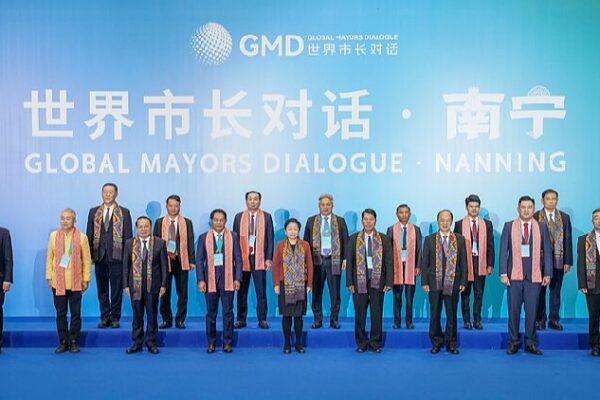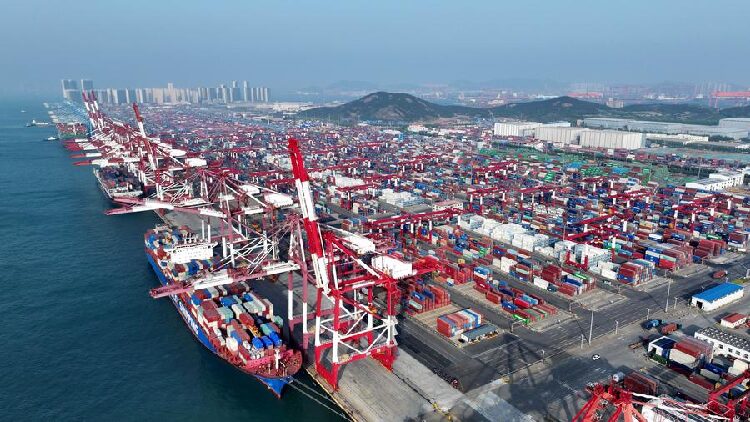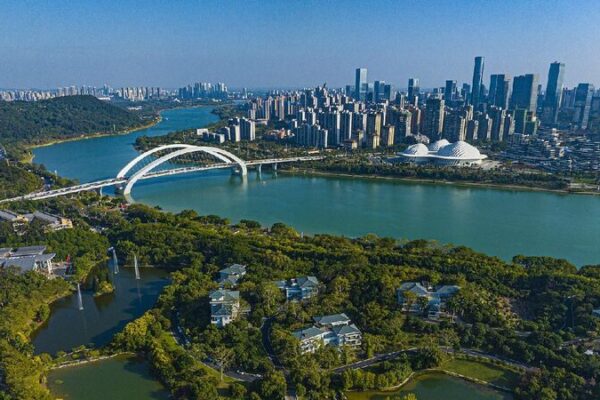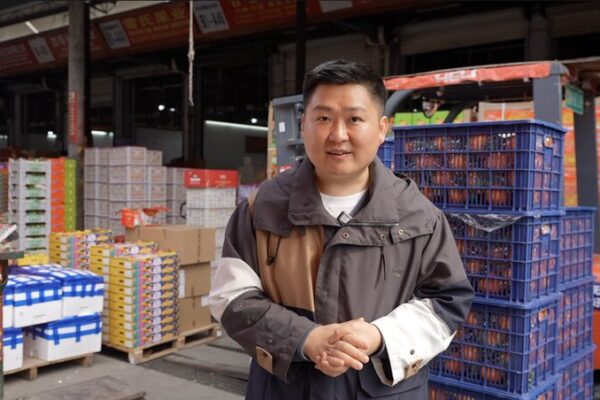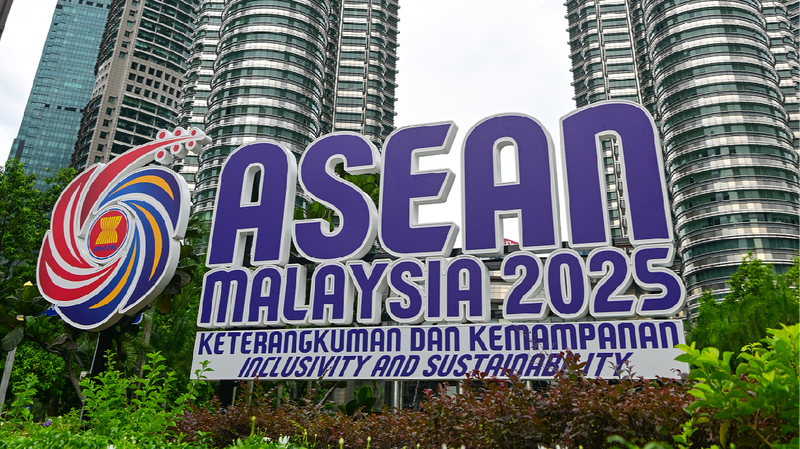Chinese goods are flowing to the Association of Southeast Asian Nations (ASEAN) countries from the international departure channel of the cargo terminal at Nanning Wuxu International Airport in Nanning, southern China. Meanwhile, batches of aquatic products and fresh tropical fruits from ASEAN countries are arriving at the airport and being shipped across China. This bustling exchange highlights Nanning’s role as a significant gateway for opening up and development, transforming the airport into a hub connecting China and ASEAN nations.
From Wednesday to Saturday, Nanning is hosting an event called the Global Mayors Dialogue, aimed at promoting exchanges and mutual learning between Chinese and foreign cities, as well as fostering in-depth economic, trade, and cultural cooperation. Government officials, experts, and scholars from 12 provinces and cities in eight countries—China, Cambodia, Indonesia, Laos, Malaysia, Myanmar, Thailand, and Vietnam—are attending the dialogue.
On Thursday, the dialogue issued the Nanning Initiative, calling for efforts to deepen friendly exchanges, economic and trade cooperation, and strengthen people-to-people bonds between cities.
Deepening Economic Cooperation
The high-quality cooperation under the Belt and Road Initiative has yielded fruitful results, further strengthening the ties between China and ASEAN countries. The China-Laos Railway has become Laos’ first modern railway, greatly promoting regional connectivity. The Jakarta-Bandung High-Speed Railway signifies Indonesia’s entry into the high-speed rail era. Infrastructure projects like Cambodia’s Phnom Penh-Sihanoukville Expressway and numerous modern airports and ports have significantly enhanced regional transportation capacity, injecting new vitality into economic development.
China and ASEAN countries have also announced the substantial conclusion of the Version 3.0 China-ASEAN Free Trade Area (FTA) upgrade negotiations. This paves the way for one of the world’s most populous and robust FTAs to play a more significant role in boosting regional development.
“We stand ready to further consolidate the consensus on cooperation and build more platforms for economic, trade, and industrial cooperation and exchanges,” the Nanning Initiative stated. “Jointly facilitating investment, trade, consumption, capital flow, travel, and logistics will ultimately promote two-way investment and cooperation among enterprises.”
Promoting Friendly Exchanges
The year 2024 was designated as the China-ASEAN People-to-People Exchange Year, playing a pivotal role in enhancing friendship, cooperation, and mutual understanding between the peoples of China and ASEAN countries. Last year, China and ASEAN organized various activities in culture, tourism, education, media, youth, and city governance.
In August 2024, a seminar on smart cities and sustainable development was held in Guiyang, southwestern China, discussing issues like building a low-carbon environment and future urban infrastructure. Youth exchanges are particularly crucial to deepening China-ASEAN relations. Events such as the China-ASEAN Excellent Youth Summer Camp and the China-ASEAN Education Cooperation Week have strengthened friendship and mutual understanding, playing a vital role in the long-term success of regional cooperation.
The Nanning Initiative called for sharing wisdom and experience in urban development and governance, further promoting cultural exchanges, complementary tourism cooperation, youth interaction, and educational collaboration to build a closer China-ASEAN community with a shared future.
Reference(s):
China, ASEAN eye closer exchanges, economic cooperation between cities
cgtn.com
